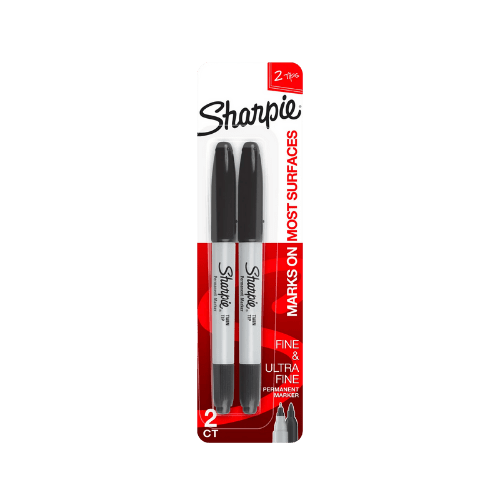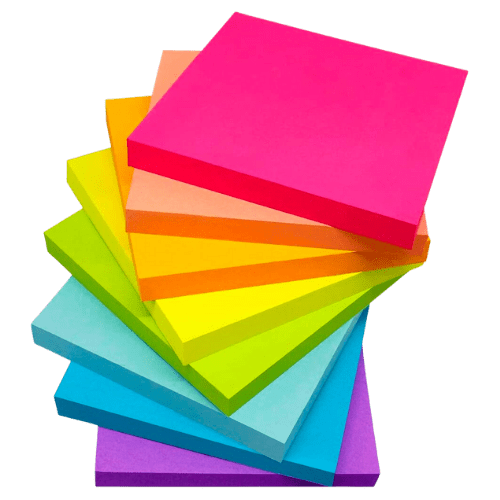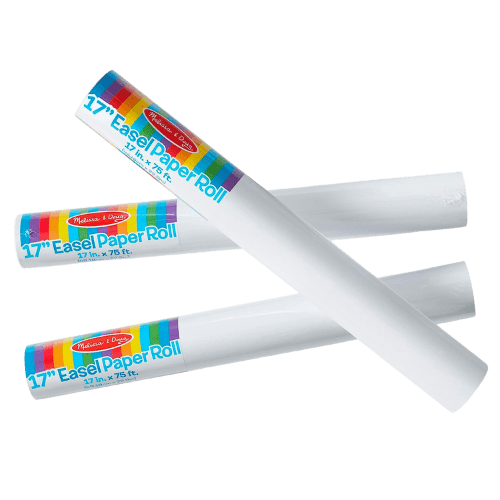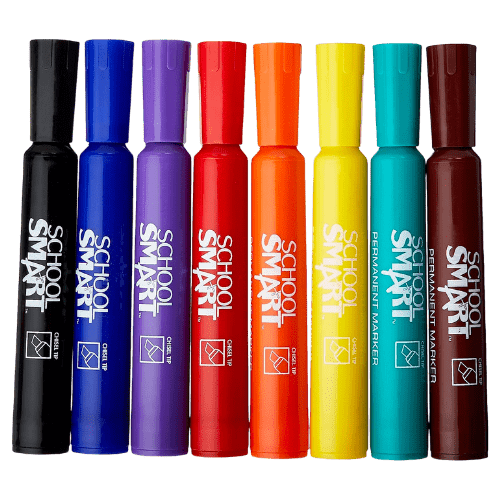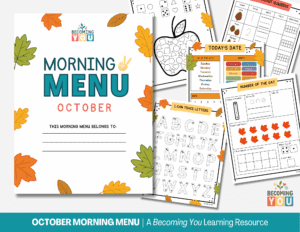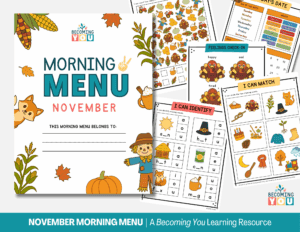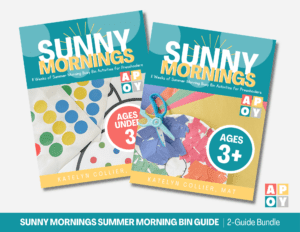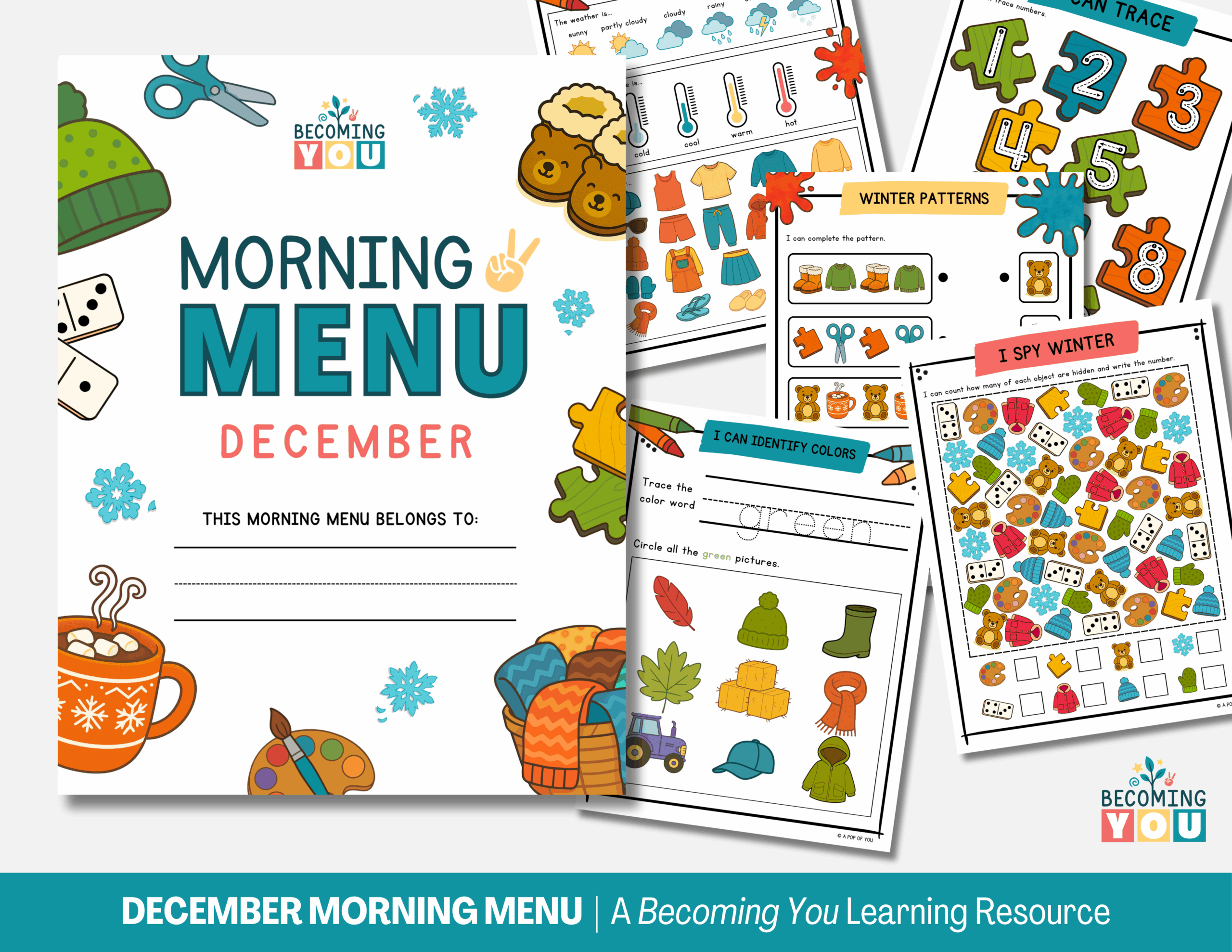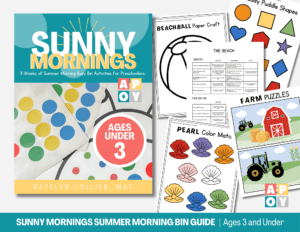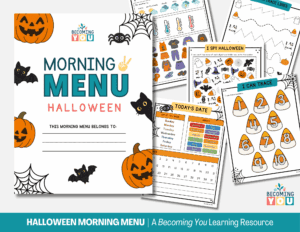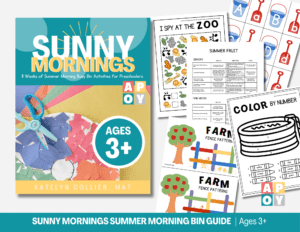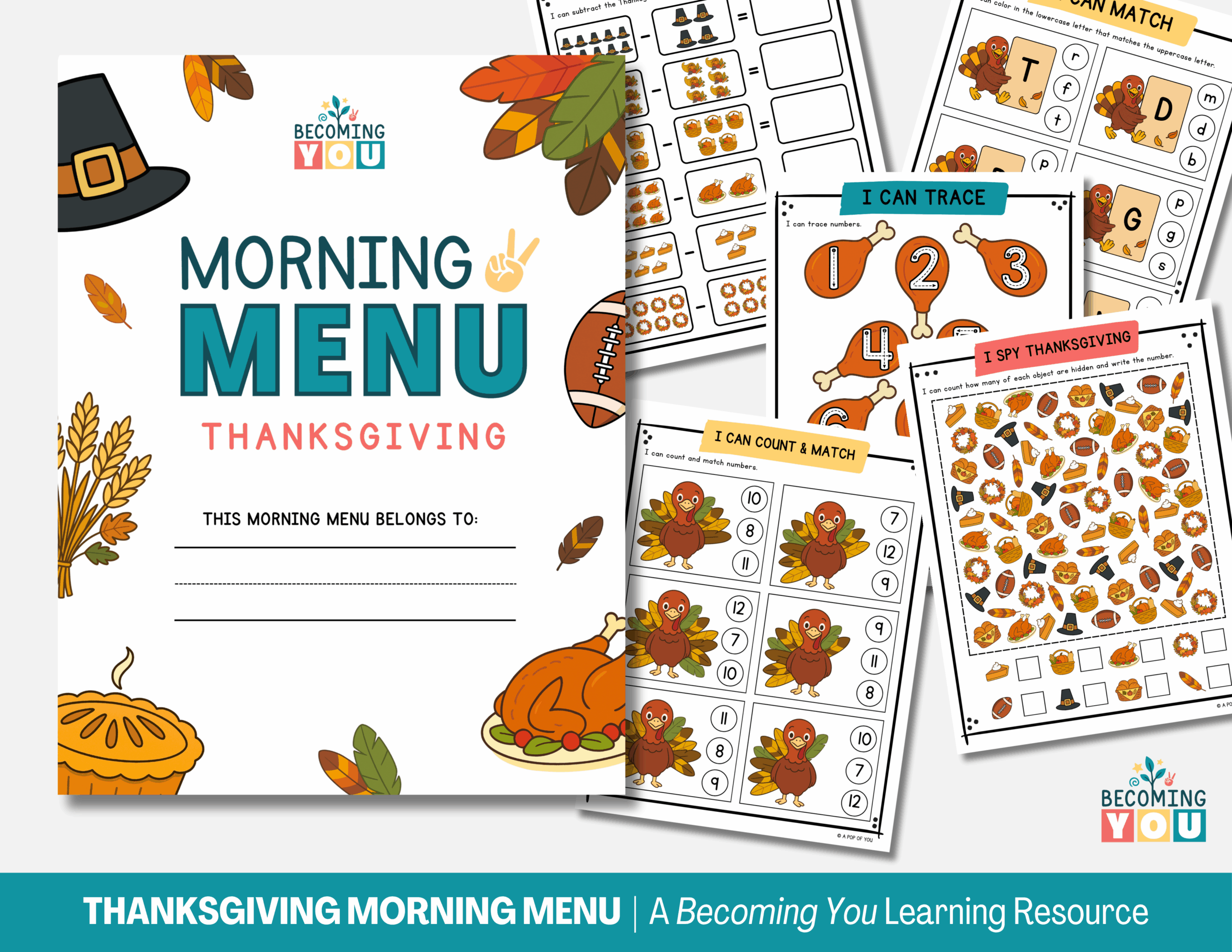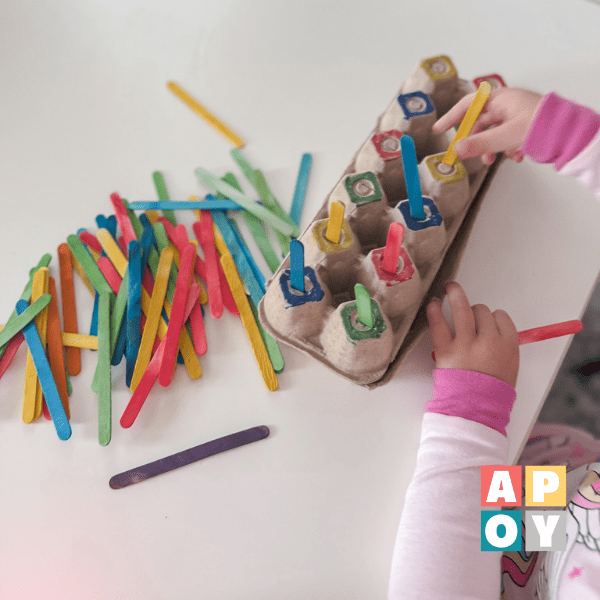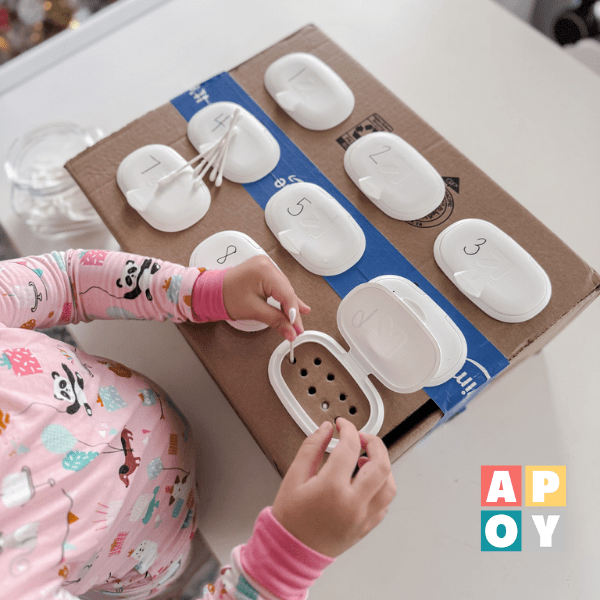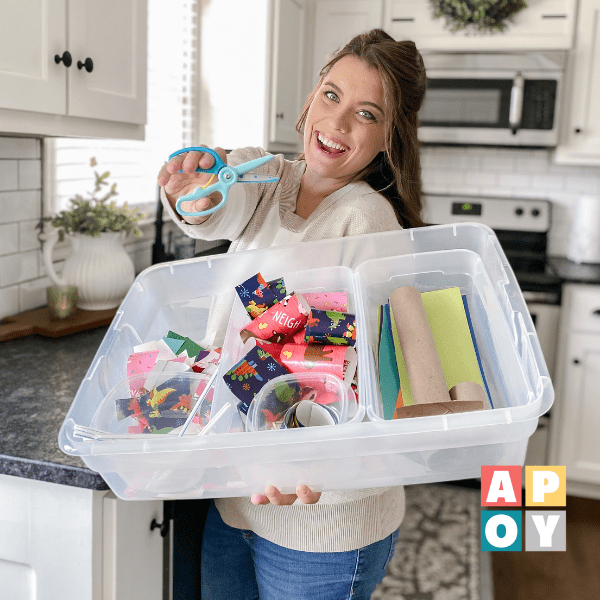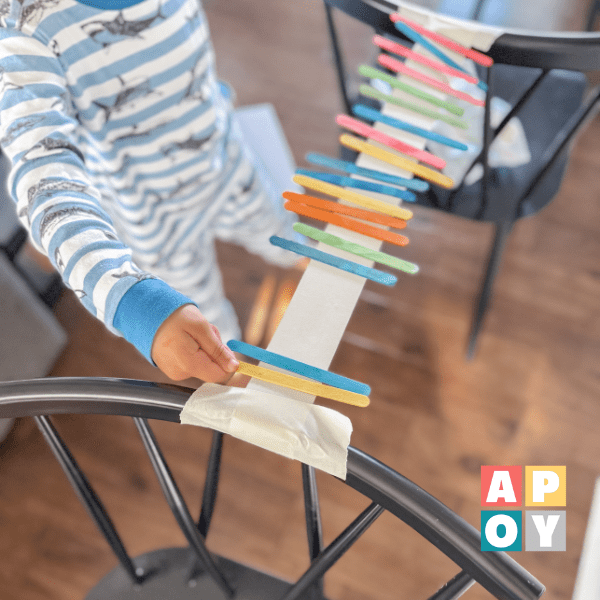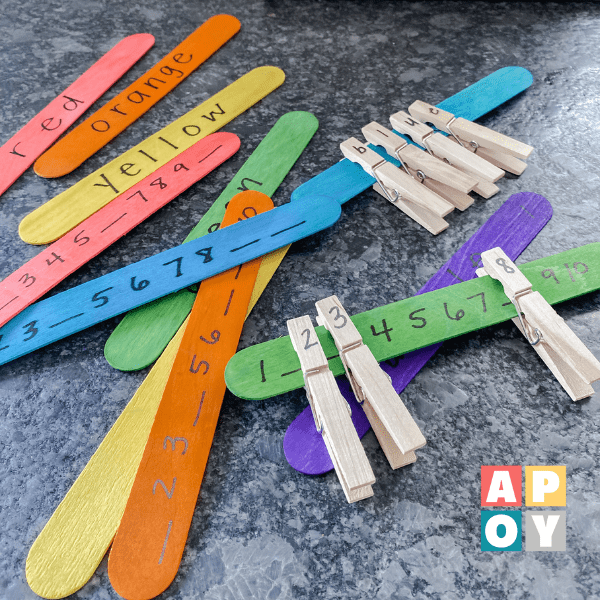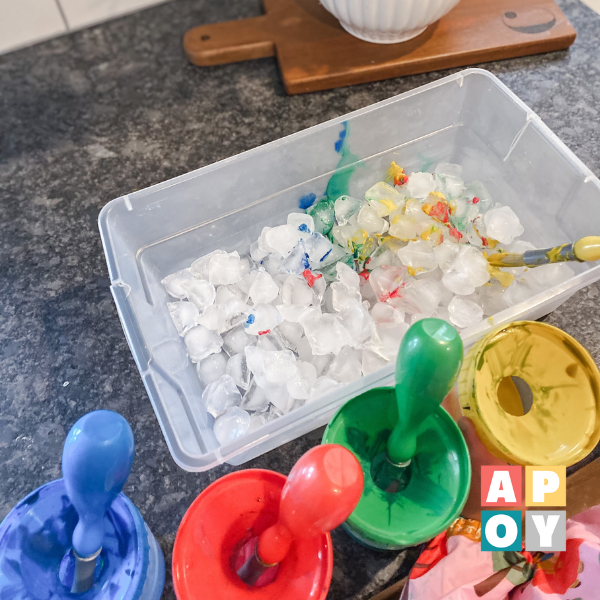Cardboard Box Roll and Cover: A Simple & Fun Way to Build Early Math Skills
If you are looking for an easy counting activity for toddlers, try Cardboard Box Roll and Cover! This fun, hands-on game boosts number recognition using just a cardboard box and sticky notes.
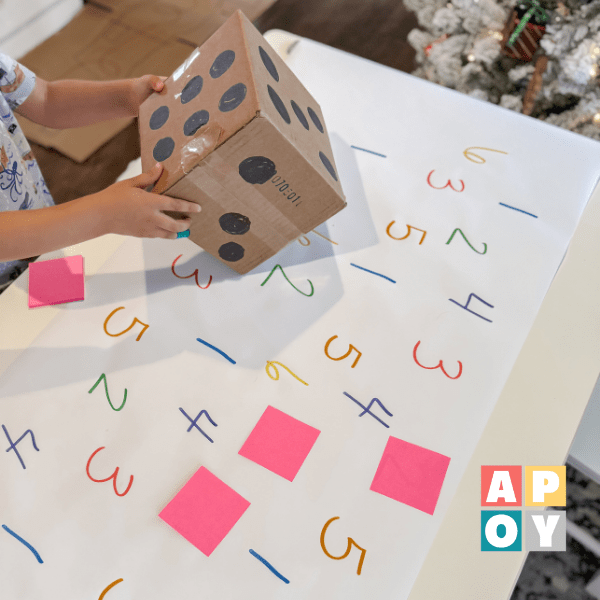
This blog post may contain affiliate links. When you make a purchase through these links, I may earn a small commission, at no additional cost to you. I only recommend products that I genuinely believe can benefit you and your family! Your support helps maintain and improve all things A Pop of You. Thanks so much!
An Exciting, Hands-On Counting Activity for Toddlers
If you’ve spent any time around toddlers, you know one thing: they love rolling, throwing, and dramatically dropping objects onto the floor. If it makes noise, even better. And if it lands under the couch and disappears forever? Well, that’s just part of the fun.
Since rolling things is already a toddler-approved pastime, let’s turn it into something useful—a simple counting activity that teaches number recognition without feeling like work. Enter Cardboard Box Roll and Cover—a ridiculously easy, low-mess game that turns a cardboard box into a giant die and sticky notes into a fun, interactive learning tool.
This activity is part of my Random Household Objects Series, proving (once again) that the best kids’ learning activities don’t require a special trip to the store.
Why This Activity Works
- Easy setup – If you can draw dots on a box, you can make this game.
- Hands-on learning – Kids roll, count, and match, reinforcing number recognition through movement.
- Perfect for toddlers & preschoolers – Adjust the difficulty by adding variations (more on that below!).
- Great for independent play – Once they get the hang of it, they’ll want to keep rolling and covering.
Let’s get started!
What You Need
- A medium cardboard box (big enough to roll, but not so big it takes out furniture when tossed)
- A marker (black works best, but use what you have)
- Roll paper (butcher paper, wrapping paper, or even taped-together printer paper)
- Sticky notes (any color, but different colors can add an extra challenge)
How to Set Up the Cardboard Box Roll and Cover
- Make the Giant Die. Grab your cardboard box and make sure it’s fully sealed up (so it actually rolls). On each side, draw dots (1–6), just like a regular die. If your toddler is skeptical, let them “test roll” a few times so they can see how it works.
- Prepare the Number Mat. Roll out your paper and tape it down so it doesn’t slide around. Write the numbers 1–6 randomly across the paper, repeating each number multiple times. Hand your toddler the sticky notes—they’ll be covering numbers as they play.
- Start Rolling & Covering! Have your child roll the die, then count the dots together and find that number on the paper. Place a sticky note over the matching number. Repeat until all numbers on the paper are covered!
Learning Benefits of the Cardboard Box Roll and Cover
1. Number Recognition & Counting
This activity introduces numbers in a hands-on way, helping toddlers visually connect dots on the die to the written number. Rolling, counting, and covering add repetition in a fun, no-pressure format.
2. Fine Motor Skills
Peeling and placing sticky notes? That’s toddler gold. It strengthens finger muscles, improves pincer grasp, and builds hand-eye coordination (all skills they’ll need for writing later on).
3. Turn-Taking & Patience
If you play together, toddlers get practice with waiting their turn, following simple game rules, and experiencing the joy of a little friendly competition.
4. Problem-Solving & Strategy
As more numbers get covered, kids start hunting for the right spots, reinforcing number identification and strategic thinking.
Ways to Change It Up
Once your toddler gets the hang of the game, you can tweak it for more fun (and more learning!).
- Make It a Color Challenge: Use different-colored sticky notes for each number. After rolling, your child has to find the correct number in the matching color—boosting both number and color recognition.
- Use a Themed Die: Instead of just dots, try 1) shapes (triangle, square, star) for shape recognition, 2) Animals (draw a simple cat, dog, fish) and match to picture cards, or 3) letters (A–F) for early alphabet practice
- Turn It into an Active Game: Tape the roll paper to a wall and turn the game into a standing activity.. Scatter number cards around the room and have them run to place the sticky note on the right one.
- Race Against Time: Use a timer and challenge your child to cover all the numbers before time runs out—great for building focus and excitement.
- DIY Sticker Matching: Instead of sticky notes, let your child place stickers over the numbers. Just be prepared for some extra clean-up later!
FAQs: Troubleshooting Toddler Engagement
“My child just wants to throw the die across the room.”
That’s fine (within reason). Let them get a few wild rolls out of their system, then redirect with, “Let’s see if we can get a soft roll so we can count the dots!”
“They don’t want to cover the numbers.”
Try using stickers instead of sticky notes—kids love stickers. Or, let them color the numbers instead of covering them.
“They lose interest too quickly.”
Make it more active! Have them jump the number of times they roll before covering the number. More movement = more engagement.
More Activities Using a Cardboard Box
If you’re ready for more cardboard box fun, don’t stop now! Here are some creative ways to turn a simple cardboard box into an educational playtime tool:
- Cardboard Box Card Drop: Match colored index cards with slits in a box to practice color recognition and fine motor skills.
- Cardboard Box Road Mazes: Drive toy cars along colored lines on a cardboard maze to practice color matching and hand-eye coordination.
- Cardboard Box Draw: Let your toddler color a cardboard box to express creativity and develop fine motor skills.
- Alphabet Car Parking Lot: Match lowercase letter stickers on toy cars with uppercase letters in a cardboard parking lot to learn the ABCs and improve matching skills.
- Clothespin Letter Matching: Match uppercase and lowercase letters using clothespins on a clothesline to enhance letter recognition and fine motor skills.
Each of these activities will turn a simple cardboard box into a fun and educational tool using materials you likely already have at home!
Why Simple Learning Games Like This Matter
At this age, toddlers aren’t sitting down for long, structured lessons (and they shouldn’t be!). But that doesn’t mean they aren’t learning.
Activities like Cardboard Box Roll and Cover help kids absorb foundational skills through movement, play, and repetition—without any pressure. It’s about building confidence, sparking curiosity, and proving that learning can happen with whatever you have lying around the house.
So next time a cardboard box arrives at your door, don’t just recycle it—turn it into something fun.


Hey There,
I’m Katelyn!

Hi, I’m Katelyn! Join me for creative, intentional family fun and practical home management tips! Parenting is hard, but I’ve got the tools to help you create a calmer, more intentional home!

BROWSE MY
TOY RECS

resourceS

SHOP LEARNING RESOURCES


Subscribe to the empty mug club

GET OUR DAILY TO-DOS FREE!
Plus, get the latest achievable learning activities, easy recipes, storage solutions, teacher-approved toy suggestions + exclusive discounts to Becoming You learning resources straight to your inbox!


About Katelyn Collier , MAT
Katelyn Collier is a former elementary school teacher turned homeschooling mom of three and the founder of A Pop of You. She’s passionate about helping families step away from the pressure of today’s fast-paced culture and create homes filled with presence, joy, and balance. Through her resources and podcast, she shares simple, practical tools to reclaim childhood and make family life feel lighter and more intentional.
Masters DEgree in elementary education
VOICE OF BECOMING UNPOPULAR, A PODCAST COMING SOON!
CREATOR OF BECOMING YOU, A KIDS’ LEARNING RESOURCE LINE


FIND MORE INSPIRATION
Even More Achievable Ideas

